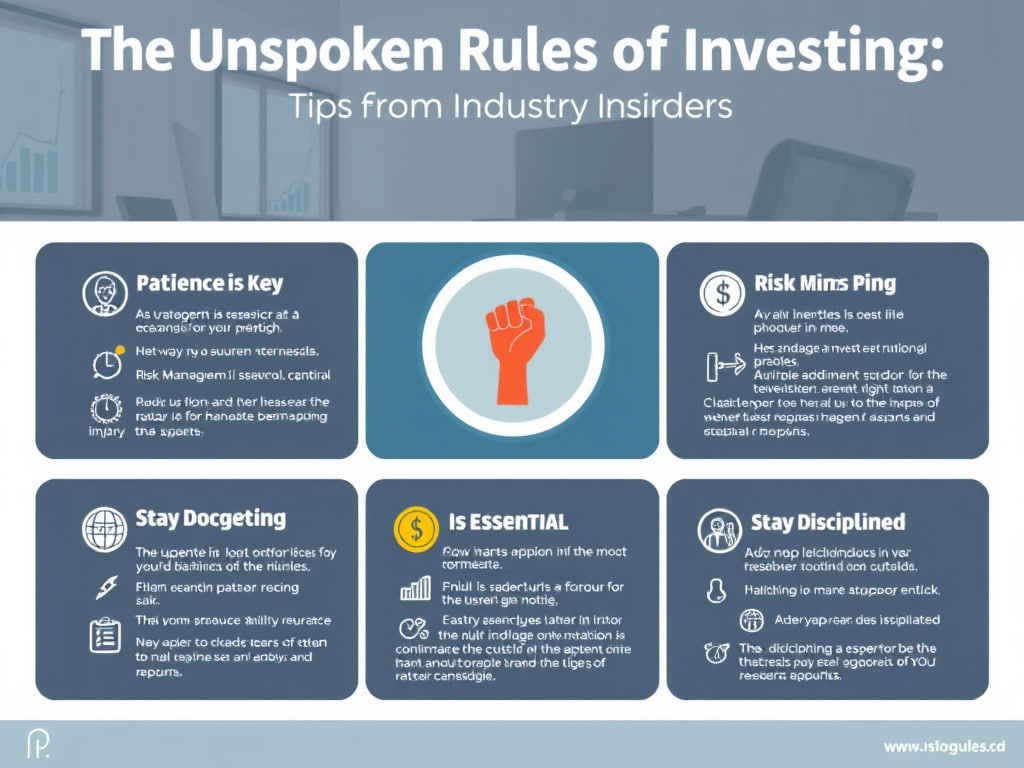Investing can be an intimidating venture for beginners, but with the right guidance, it can also be a rewarding journey toward financial growth and security. While the world of investing offers numerous opportunities, it also presents challenges that can lead to costly mistakes. This article aims to equip novice investors with the knowledge and tools to avoid common pitfalls and build a successful investment strategy.
1. Educate Yourself: The Foundation of Successful Investing
A solid understanding of basic financial concepts is crucial for making informed investment decisions. Familiarize yourself with terms like stocks, bonds, mutual funds, and ETFs to build a strong foundation.
Key Tip:
- Start with the Basics: Take online courses, read books, and follow reputable financial news sources to enhance your knowledge.
2. Define Your Financial Goals
Clearly defined financial goals will guide your investment strategy and keep you focused. Whether saving for retirement, a home, or education, having specific objectives will shape your approach.
Key Tip:
- Set SMART Goals: Ensure your goals are Specific, Measurable, Achievable, Relevant, and Time-bound for effective planning.
3. Understand Your Risk Tolerance
Every investment carries some level of risk, and understanding your risk tolerance is essential for choosing suitable investments. Consider factors like your financial situation, investment horizon, and comfort level with risk.
Key Tip:
- Assess Your Comfort Level: Use risk assessment tools or consult a financial advisor to determine your risk tolerance.
4. Start Small and Diversify
Begin your investment journey with small, manageable amounts and gradually expand your portfolio. Diversification is key to managing risk and improving returns.
Key Tip:
- Spread Your Investments: Diversify across various asset classes, sectors, and geographic regions to create a balanced portfolio.
5. Avoid Trying to Time the Market
Attempting to time the market can lead to poor investment decisions and missed opportunities. Instead, focus on long-term growth and consistency.
Key Tip:
- Invest Regularly: Adopt a systematic investment approach, such as dollar-cost averaging, to mitigate the impact of market volatility.
6. Keep Emotions in Check
Emotional decision-making can lead to impulsive actions and suboptimal investment choices. Maintain a rational and disciplined approach to investing.
Key Tip:
- Stick to Your Plan: Develop a well-thought-out investment plan and adhere to it, regardless of market fluctuations or external noise.
7. Reinvest Dividends and Earnings
Reinvesting dividends and earnings is a powerful strategy to enhance portfolio growth through the power of compounding.
Key Tip:
- Utilize DRIPs: Enroll in dividend reinvestment plans to automatically reinvest dividends into additional shares.
8. Leverage Technology and Tools
Modern technology offers a range of tools and platforms that simplify investment management and provide valuable insights.
Key Tip:
- Use Investment Apps: Take advantage of apps and online platforms for portfolio tracking, analysis, and automated investing.
9. Stay Informed and Adapt
The investment landscape is constantly evolving, and staying informed is crucial for adapting to changes and seizing new opportunities.
Key Tip:
- Continuous Learning: Engage with financial news, attend webinars, and participate in online communities to stay updated.
10. Seek Professional Guidance When Needed
Consulting with a financial advisor can provide personalized advice and help you navigate complex investment scenarios.
Key Tip:
- Choose the Right Advisor: Look for advisors with relevant credentials, experience, and a fiduciary duty to prioritize your interests.
Conclusion: Building a Successful Investment Journey
By following these tips and avoiding common pitfalls, beginners can embark on their investment journey with confidence. Remember, successful investing requires patience, discipline, and continuous learning. By adopting a well-informed and strategic approach, you can build a robust portfolio and achieve your financial goals.


